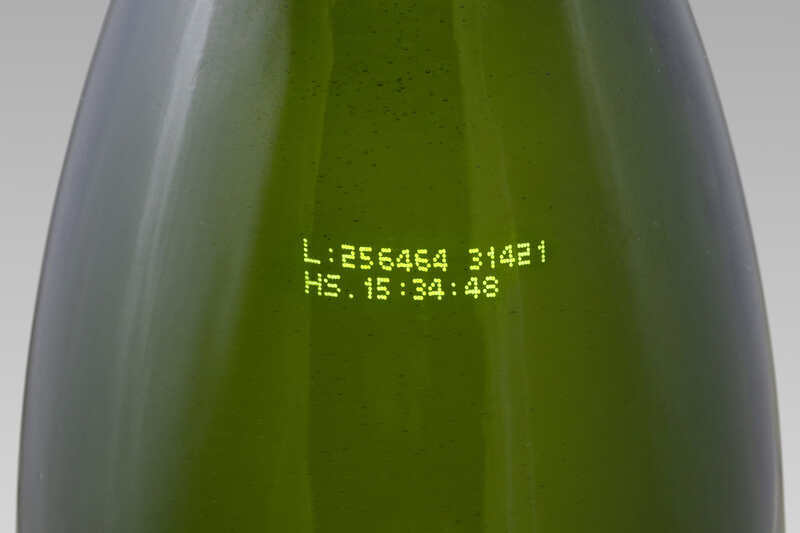Beer makers can enhance operational efficiency with inkjet printing, laser marking and labelling

Videojet Technologies can help beer manufacturers streamline their operations and keep production lines running efficiently with a range of printing and labelling solutions.
The global leader in coding, marking, and printing, notes that as projections for growth continue for the beer industry, beer manufacturers must rely on both their brewing equipment and their coding and labelling solutions to help meet supply chain requirements and keep their operations moving smoothly.
Incorrect and unreadable product information on packaging can cause costly downtime, recalls and fines, while disrupting both packaging lines and the entire supply chain.
The needs of the craft brewery industry are such that regulations require beer labels to display critical information like alcohol content, allergens, and warnings, which are often pre-printed on labels and cans. However, variable data, such as batch numbers, expiration dates, serial numbers, bar codes and QR codes, is often added to beverage containers on filling and packaging lines, helping to meet retailer and consumer demands and enable product tracking and traceability.
Ensuring clear, accurate and compliant codes and labelling can be challenging, especially when printing at the high line speeds of the beverage industry. Glass bottles, aluminium cans, kegs, cartons, and cases can all be printed or marked on during production if careful consideration is given to the printing surface, production environment and compatibility with the chosen coding technology.
Harsh conditions in beer production facilities often includes extreme temperatures and humidity, along with dust and other airborne contaminants. In cold fill applications, condensation can pose challenges for some manufacturers as they apply information and codes directly onto bottles, cans, kegs, and other packaging.
Videojet recommends three key technologies to consider for printing and marking on beer products and packaging:
- Continuous inkjet – continuous inkjet (CIJ) technology prints variable text directly onto virtually any type of packaging, including glass and plastic bottles, aluminium cans and kegs. CIJ printers are frequently used for single and double-line codes such as expiration dates, lot and batch numbers and other production data. CIJ printers can also produce accurate, trackable codes designed to resist condensation and remain readable across the product’s life cycle. Specialised inks, like those that are removable with a caustic wash, are available for printing codes on returnable bottles and kegs. Other unique inks, such as soft-pigmented yellow inks, are engineered for printing on dark surfaces like beer bottles.
- Laser marking – laser marking offers a nice alternative to ink-based printing as it generates permanent, high-quality codes with minimal supplies. Lasers mark clear alphanumeric text, bar codes and logos on cans, bottles, cartons, and cases, and they can accommodate most line speeds and product sizes. Laser codes are ideal for both internal and external supply chain tracking, in addition to meeting the expectations of retailers, regulators and consumers for human-readable “best before” dates and other information on beverage containers. Depending on factors like the packaging material, line speed and code requirements, CO2, UV, or fibre lasers may be selected to mark on products coated with condensation.
- Print and apply labellers accurately adhere labels printed with high-resolution text, bar codes and logos onto cases, pallets and stretch wrap. Some labellers feature corner wrap applicators, ideal for cases or shrink-wrapped products where the label must be applied across adjacent panels so the label’s content can be seen in various orientations.
“The information printed on beer packaging is only as good as the coding solution used and a code’s ability to withstand the rigours of production and distribution,” said Heidi Wright, senior director of field product marketing and business development for Videojet. “Beverage companies often favour CIJ and laser marking systems for their speed, reliability in harsh environments, and versatility across glass, aluminium, and plastic containers. Modern printing, coding and labelling equipment meets the beer industry’s specific needs for code content, resolution, contrast, and adhesion, while seamlessly integrating with existing lines for smooth and efficient operation.”
Related content
Source: foodanddrinktechnology.com

